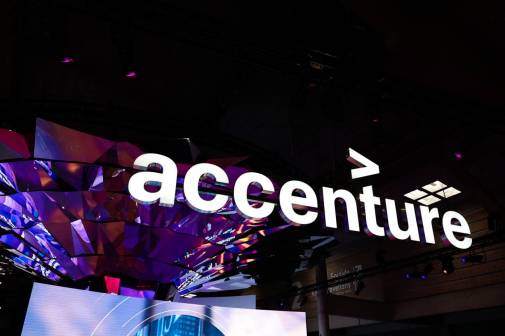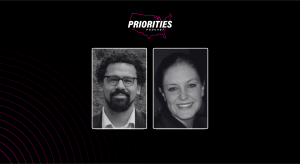Colorado town taps agentic AI for housing, emergency services, transportation

The Town of Vail, Colorado, on Tuesday announced the launch of a new agentic artificial intelligence platform that will integrate with municipal services, like public safety and administrative operations, to modernize the town’s IT infrastructure. Officials also said the platform is carbon-neutral, avoiding the environmental concerns associated with many power-hungry AI systems.
The platform, developed by IT services company Hewlett Packard Enterprise, Nvidia, the AI firm Kamiwaza and several others, will help advance the town’s smart-city initiative by readying its IT operations and data to be compatible with AI. The platform combines a number of digital applications to deliver real-time intelligence that’s designed to help modernize Vail’s IT operations. Integration of the platform, town leaders said, will create an AI-ready foundation for Vail to improve and modernize workloads in the future, such as rental management and parking assistance during peak tourist season.
By integrating the data of previously separated city functions, like housing, emergency services and transportation, the platform enables real-time data access. It establishes a unified foundation across departments to run the town’s AI applications. These applications include BlackShark.ai for early fire detection; Kamiwaza for agentic AI orchestration and accessibility compliance; ProHawk AI for enhanced computer vision in challenging conditions; and Vaidio for real-time video intelligence and behavior analytics. The platform is also hoped to help the town build stronger connections with residents and tourists with a new, 24/7 digital concierge at the town’s library, creating a social hub for real-time local information.
For public safety specifically, Russell Forrest, Vail’s town manager, said local first responders are already seeing the benefits from the platform with faster emergency response times and wildfire detection. Using AI, the platform analyzes drone footage, vegetation health and seasonal dryness data, helping firefighters to predict fire risk to mitigate damage and protect lives.
“This [platform] just got rolled out to my fire department on Friday, and they came back incredibly impressed with what it could do, and said it gave them a brand new capability,” Forrest said. “Then they immediately began to ask, So how do we build upon this? Which is really a fun part of this whole process, where, at the town of Vail, we’re just beginning to learn the capabilities of AI.”
Additionally, the platform will help the town achieve Section 508 compliance to ensure that its municipal websites are accessible to people with disabilities, which will also become federally mandated when new accessibility rules from the Justice Department enter effect April 2026 for states and bigger municipalities. Colorado already has its own digital accessibility law, as well.
And not only will the platform eventually help to optimize local traffic flow, and simplify often repetitive administrative tasks like housing permits and business licensing applications, the AI platform is also running on the town’s own solar- and wind-powered data center, allowing Vail to take advantage of newer technology without compromising sustainability.
Many criticisms of artificial intelligence involve the technology’s impact to the environment, including the increased demand for data centers — which are expected to continue driving up energy prices across the country — and its appetite for water. Forbes in March of 2024 reported that a single conversation with ChatGPT uses water equal to roughly one 16 ounce water bottle.
“I think what’s important to highlight is Vail’s true commitment to being sustainable and carbon neutral. … And I think that that’s important because people question if you’re doing AI, kind of all of the power drag of it,” said Robin Braun, vice president of AI and hybrid cloud business development at HPE. “And yes, you have to plug into the wall, it does need some power — but with the efficiency gains and performance gains we see from the [data center] accelerators, then being able to pair it with Vail’s deep commitment to sustainability and the type of power that they’re using, we see that there is a real win there to show not only how to use AI for good, but AI for good in a good way.”






